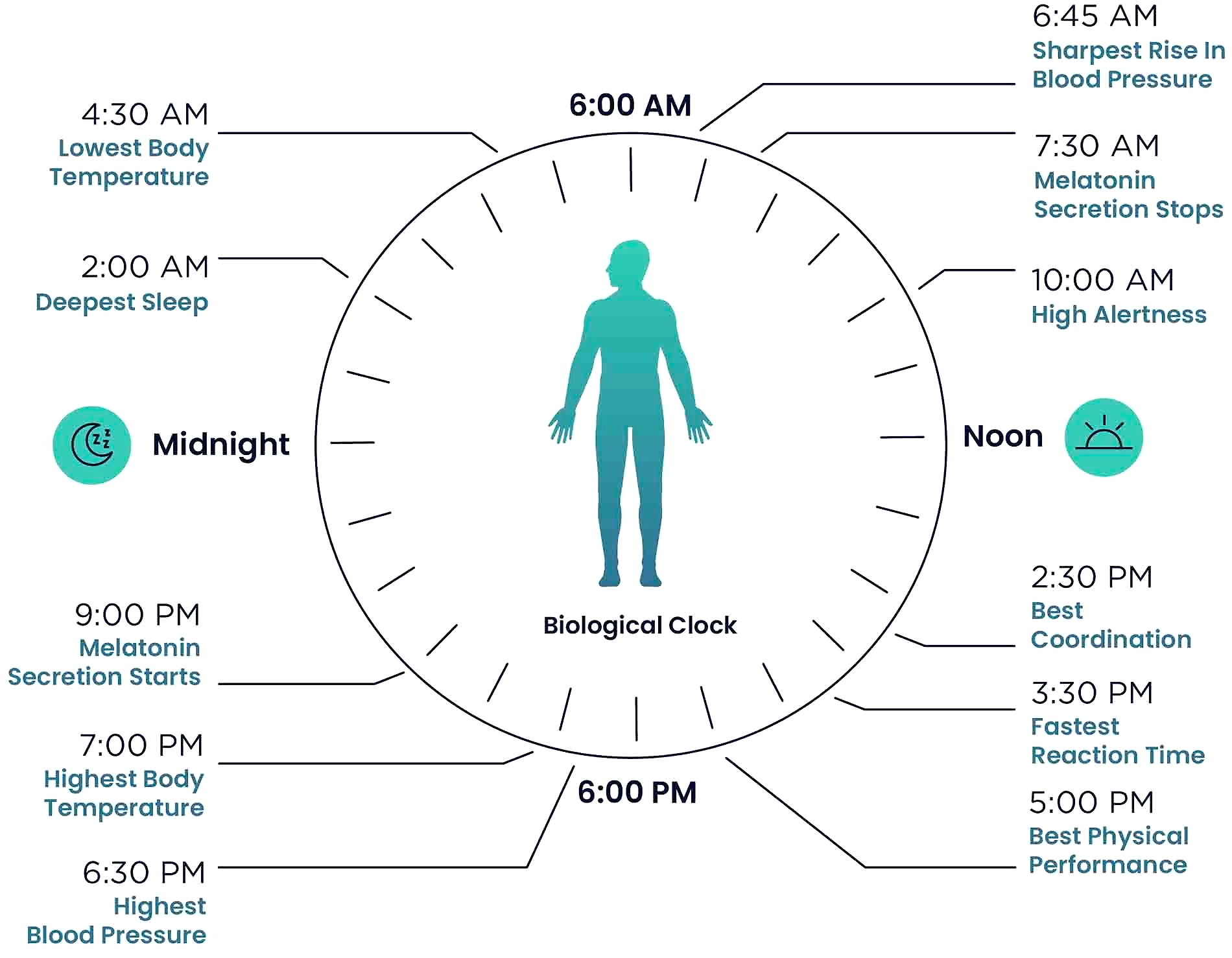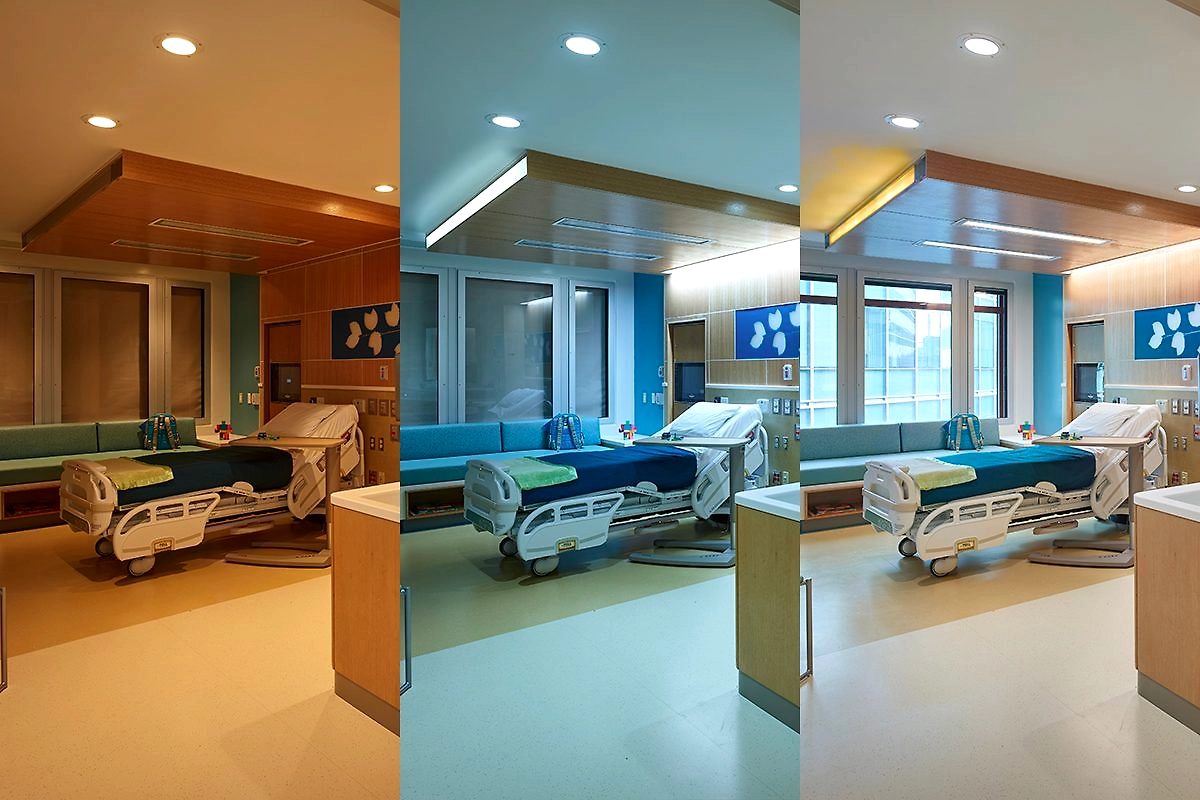Understanding Circadian Lighting: The Future of Indoor Lighting
| 03 Mar 2023
Introduction:
Light has a significant impact on our health and well-being. It affects our sleep-wake cycle, energy levels, and mood. Traditional lighting solutions have been designed to provide sufficient illumination, but they often fail to consider the impact of light on our body’s natural circadian rhythm. Circadian lighting is a revolutionary new technology that aims to address this issue. In this blog, we’ll explore what circadian lighting is, how it works, and its many benefits.What is Circadian Lighting?
Circadian lighting is a technology that mimics the natural cycles of daylight. It adjusts the color temperature and intensity of light throughout the day, which helps regulate our circadian rhythm. This technology is based on research that shows how light exposure affects our bodies and our health. Circadian lighting is designed to provide the right type and amount of light at the right time, helping us stay alert during the day and promoting better sleep at night.How Does Circadian Lighting Work?
Circadian lighting uses a combination of LED lights, sensors, and controls to create a lighting environment that changes throughout the day. The color temperature of light changes from warm to cool, mimicking the natural progression of daylight. Brightness levels also change throughout the day, being brighter during the day and dimmer at night. These changes in light levels and color temperature help regulate our circadian rhythm, making us more alert during the day and promoting better sleep at night.
Benefits of Circadian Lighting:
-
- Improved sleep quality: Circadian lighting helps regulate our body’s natural sleep-wake cycle, leading to better sleep quality and more restful nights.
-
- Increased productivity: The right type and amount of light can help improve alertness and productivity, reducing fatigue and enhancing focus.
-
- Healthier environment: Circadian lighting can help reduce eye strain, headaches, and other health problems associated with traditional lighting solutions.
-
- Energy savings: Circadian lighting uses LED lights, which are highly energy-efficient and can help reduce energy costs.

Where is Circadian Lighting Used?
Circadian lighting is being used in a variety of settings, including healthcare facilities, schools, offices, and homes. In healthcare facilities, circadian lighting is being used to improve patient outcomes and reduce the length of hospital stays. In schools, circadian lighting is being used to improve concentration and reduce absenteeism. In offices, circadian lighting is being used to enhance productivity and reducefatigue. In homes, circadian lighting is being used to create a healthier, more comfortable living environment.



